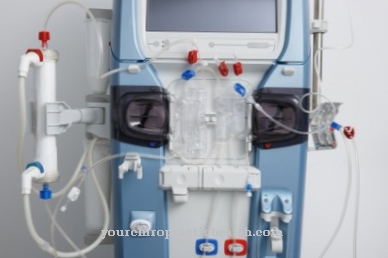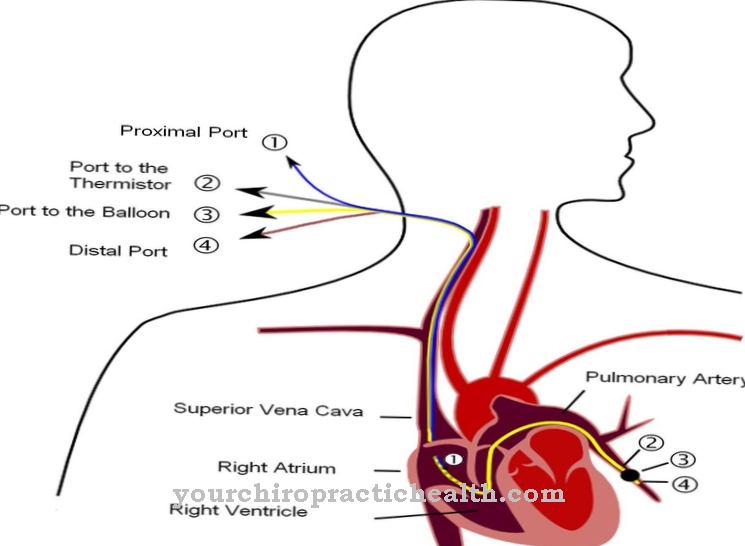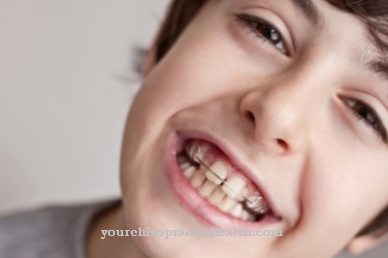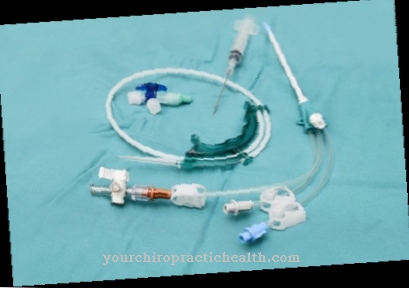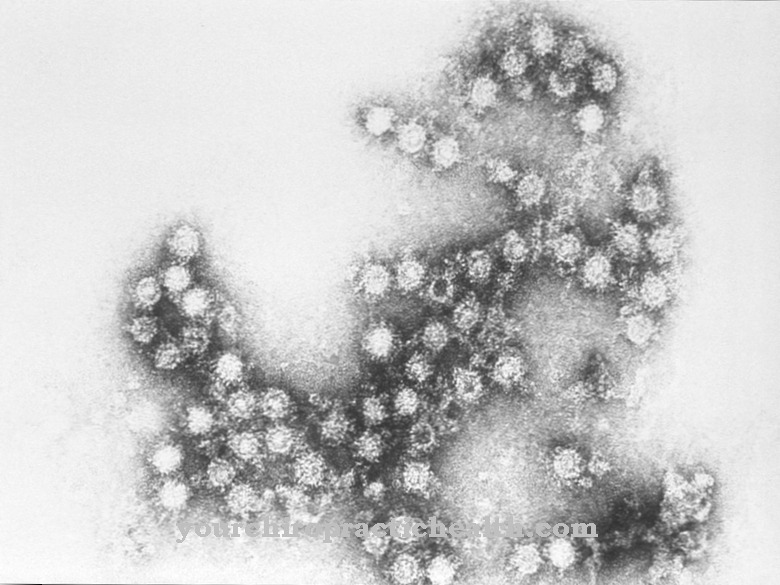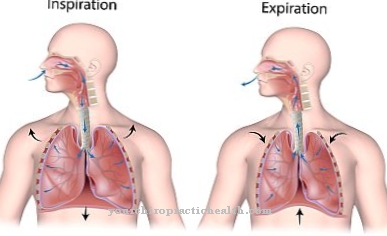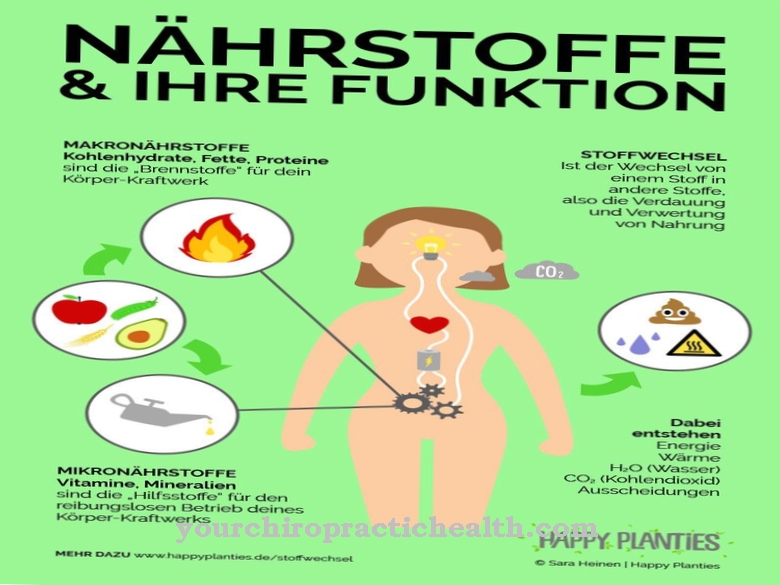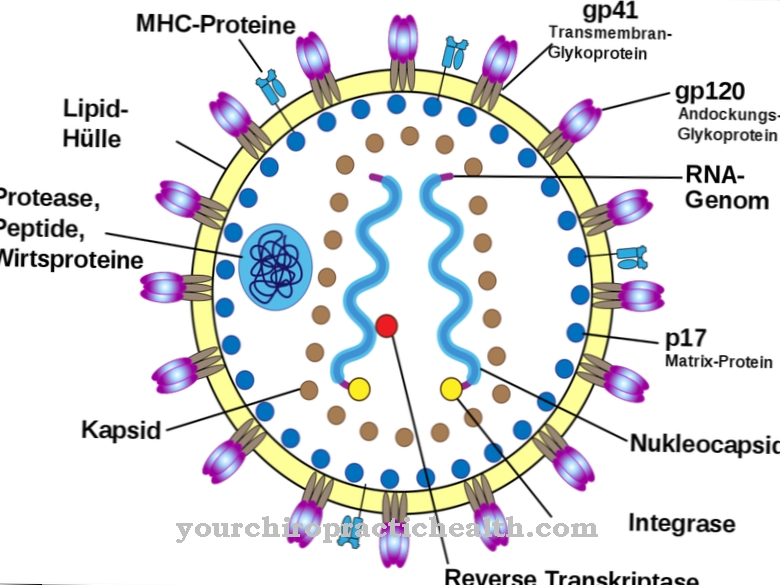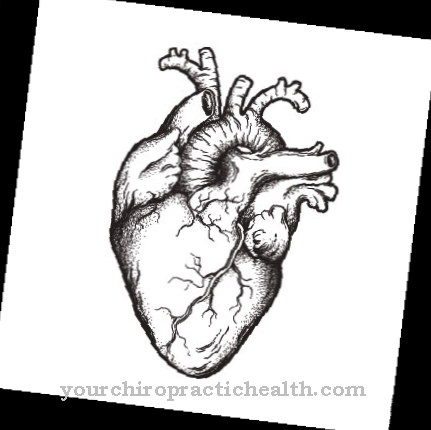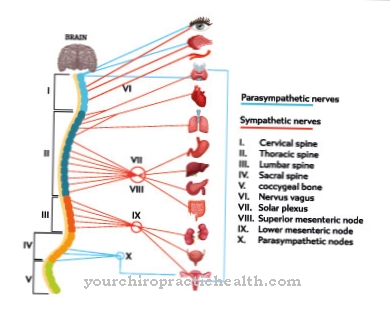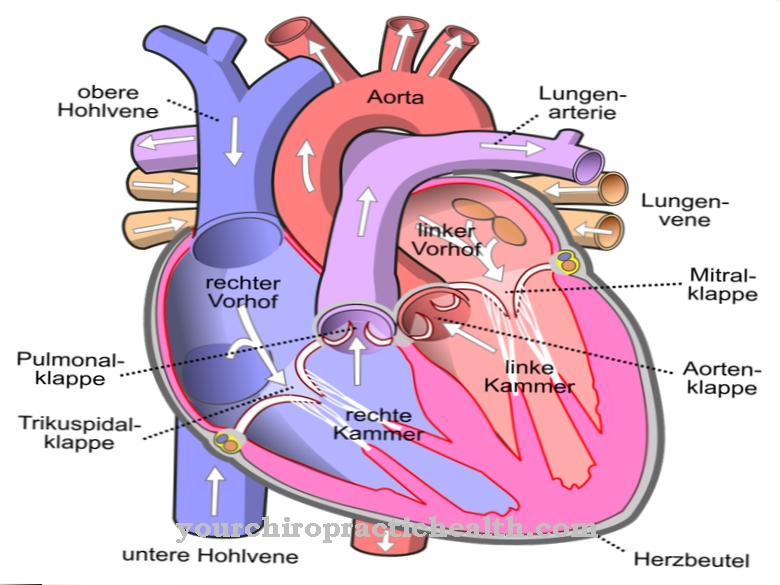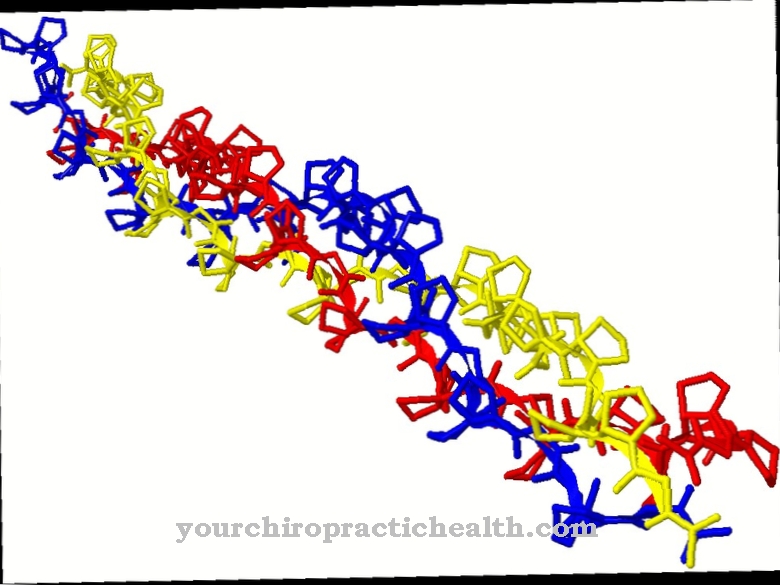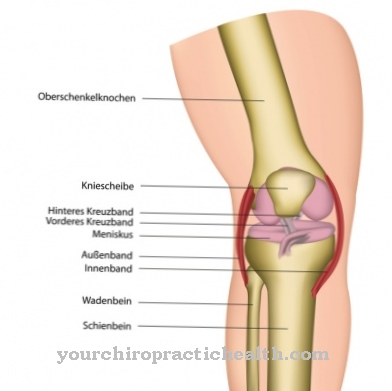In practice they will be different dental instruments used by dentists as well as specialist employees. All instruments are an aid to achieve a medically and aesthetically optimal result.
What are Dental Instruments?
The set of instruments represents the entirety of all usable tools in a practice. This includes disposable items as well as materials that can be reprocessed. These tools are always made of materials that can withstand high heat, pressure and chemicals in order to be able to prepare them aseptically.
Shapes, types & types

The general set of instruments includes steel instruments for examining the oral cavity and for modeling and stuffing filling materials. Suction cups, curettes and scalers are mainly part of the work of the specialist assistant. Grinding instruments such as drills, milling cutters and polishers are used in conservative and surgical therapy, as well as for processing dentures, both made of metal and plastic. Instruments for root canal treatment are also used there. In surgery, the dentist mainly uses syringes, various levers and pliers.
Structure & functionality
The steel instruments include the basic set consisting of a mirror, probe and tweezers, as well as modeling instruments that are spherical or pear-shaped and the Heidemann spatula, which has two smooth, flat sides. The suckers are of different shapes. The small teat is flexible and has a small, sieve-like, removable cap. The large suction cup is rigid, but also adapted to anatomical conditions through a slight curvature and flat design on the back. Both are made of plastic.
Diamond drills and carbide drills are available in different shapes for the variable areas of application and required shapes, including e.g. Torpedo, flame or pear shaped species. In addition, diamond drills have different grain sizes. They also need water to be able to be cooled at the high speed.
Polishers are made of hard rubber or stone and, like hard metal and diamond drills, have different shapes. Milling cutters are mainly made of hard metal and have different cutting edges.
Curettes and scalers have two sharp edges. In contrast to the curette, the scaler has a sharp tip. The specialist trade offers simply curved or wave-shaped curettes so that all sides of a tooth can be reached and cleaned.
When extracting a tooth, levers and pliers are used, as well as a syringe for anesthesia. The syringe has a metal housing in which there is space for the ampoule with the anesthetic, which in some forms of syringe still has a burst protection, as in some types a high pressure is created. A plunger pushes the agent forward so that it can be injected slowly or in bursts. The lever has a prominent handle so that it lies securely in the hand and enough force can be transmitted.
Depending on the area of application, the pliers have branches that are positioned vertically or horizontally at a 90 ° angle. The handles usually have a rougher surface for a secure hold.
For root canal treatment, files are used whose structures are similar to a thread shape. They have different diameters and are either rigid or flexible and can be controlled manually or by machine.
You can find your medication here
➔ Toothache medicationMedical & health benefits
The basic set is primarily used to examine the teeth. The mirror is used to look at the different sides of the teeth, but also to keep the tongue away or to fix the cotton rolls. Using a probe, the teeth are scanned for protruding filling margins and checked for soft, carious areas. The forceps are used to insert or remove materials from the mouth.
The suction cups are used to keep things dry. The small saliva ejector absorbs the saliva by means of negative pressure and supports the cotton roll. The large suction cup draws in the aerosol, which cools the drill bit at high speed. In addition, the flat back is used to hold back the cheek mucosa or tongue, so that the risk of injury from the drill is prevented.
The various drills are required for the careful removal of caries, for shaping fillings or for preparing teeth for fixed dentures. The dentist uses the spherical round bur to remove carious matter. With the sharp edges, it peels the soft, carious tooth substance out of the tooth in layers. Carbide drills are used when preparing the tooth so that e.g. a filling can be introduced. To prepare a tooth for a crown, the enamel must be removed. Since tooth enamel is the hardest substance in the body, a diamond drill must be used. With this, the enamel can be removed and the tooth can be ground into the required shape.
After placing a filling or grinding in fixed dentures, e.g. For crowns or bridges, the surfaces are smoothed with a polisher. Milling is used to remove pressure points on removable dentures.
Curettes and scalers are used to remove hard plaque that is located both above, but also as concretions, below the gums.
Using a lever, the dentist loosens the tooth in the tooth socket and gently pushes it upwards. With the help of pliers, he can safely grasp the tooth and remove it from the mouth with levering movements without damaging the surrounding tissue.
The files that are used in a root canal treatment remove dead nerve tissue and then tissue from the root canal wall in order to clean the tooth for further treatment and to increase access.

